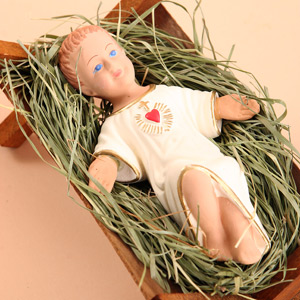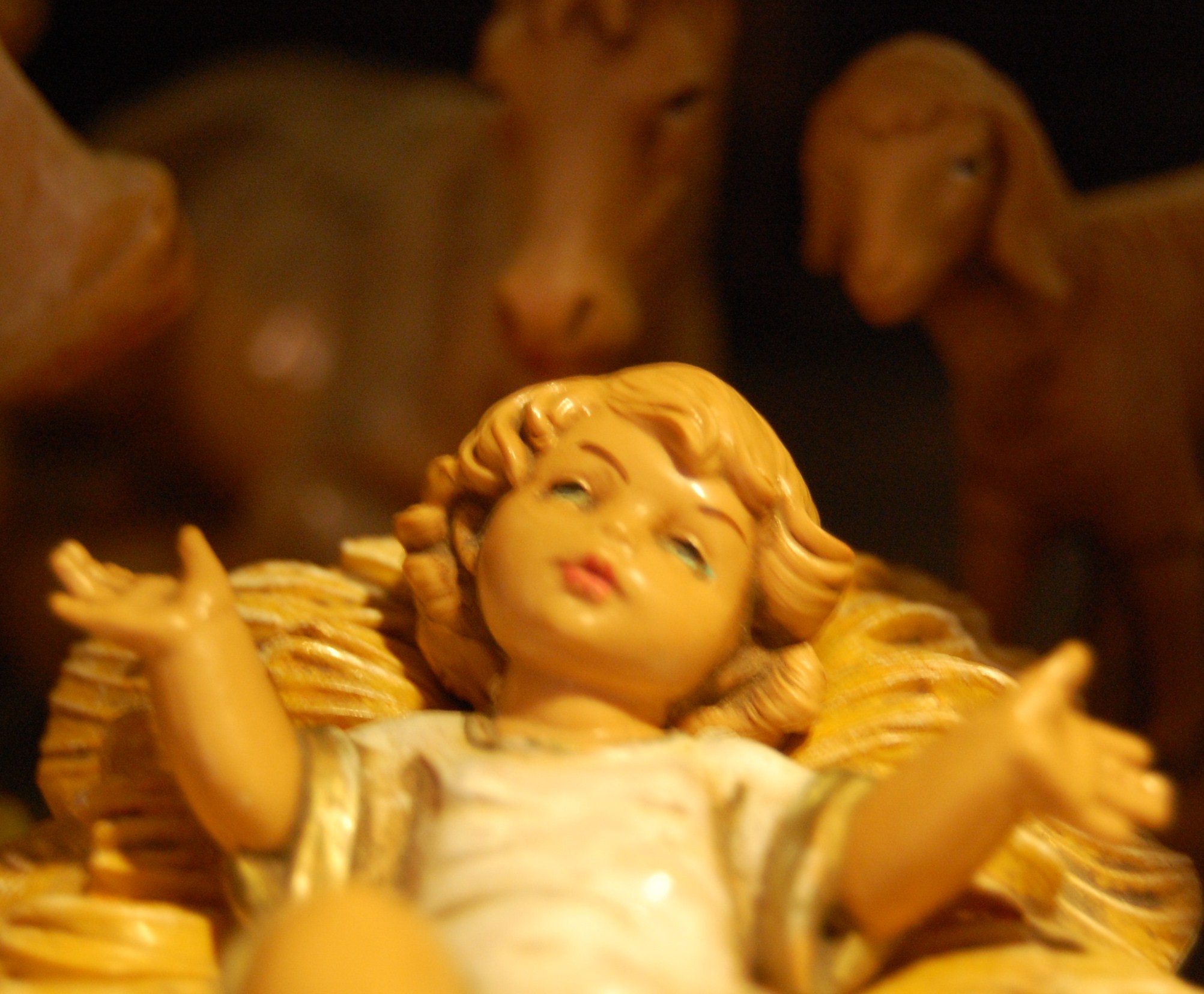Source(Google.com.pk)
Picture Baby Jesus Biography
Relations between Jewish areas and nearby Gentile areas
Galilee and Judaea, the principal Jewish areas of Palestine, were surrounded by Gentile territories (i.e., Caesarea, Dora, and Ptolemais on the Mediterranean coast; Caesarea Philippi north of Galilee; Hippus and Gadara east of Galilee). There also were two inland Gentile cities on the west side of the Jordan River near Galilee (Scythopolis and Sebaste). The proximity of Gentile and Jewish areas meant that there was some interchange between them, including trade, which explains why Antipas had telones (often translated “tax collectors” but more accurately rendered “customs officers”) in the villages on his side of the sea of Galilee. There also was some exchange of populations: some Jews lived in Gentile cities, such as Scythopolis, and some Gentiles lived in at least one of the Jewish cities, Tiberias. Jewish merchants and traders could probably speak some Greek, but the primary language of Palestinian Jews was Aramaic (a Semitic language closely related to Hebrew). On the other hand, the Jews resisted paganism and excluded temples for the worship of the gods of Greece and Rome from their cities, along with the Greek educational institutions the ephebeia and gymnasion, gladiatorial contests, and other buildings or institutions typical of Gentile areas. Because Jewish-Gentile relations in the land that the Jews considered their own were often uneasy, Jewish areas were usually governed separately from Gentile areas. The reign of Herod the Great was the exception to this rule, but even he treated the Jewish and the Gentile parts of his kingdom differently, fostering Greco-Roman culture in Gentile sectors but introducing only very minor aspects of it in Jewish areas.
In the 1st century, Rome showed no interest in making the Jews in Palestine and other parts of the empire conform to common Greco-Roman culture. A series of decrees by Julius Caesar, Augustus, the Roman Senate, and various city councils permitted Jews to keep their own customs, even when they were antithetical to Greco-Roman culture. For example, in respect for Jewish observance of the Sabbath, Rome exempted Jews from conscription in Rome’s armies. Neither did Rome colonize Jewish Palestine. Augustus established colonies elsewhere (in southern France, Spain, North Africa, and Asia Minor), but prior to the First Jewish Revolt (ad 66–74) Rome established no colonies in Jewish Palestine. Few individual Gentiles from abroad would have been attracted to live in Jewish cities, where they would have been cut off from their customary worship and cultural activities. The Gentiles who lived in Tiberias and other Jewish cities were probably natives of nearby Gentile cities, and many were Syrians, who could probably speak both Aramaic and Greek.
Economic conditions
Most people in the ancient world produced food, clothing, or both and could afford few luxuries. Most Palestinian Jewish farmers and herdsmen, however, earned enough to support their families, pay their taxes, offer sacrifices during one or more annual festivals, and let their land lie fallow in the sabbatical years, when cultivation was prohibited. Galilee in particular was relatively prosperous, since the land and climate permitted abundant harvests and supported many sheep. Although it is doubtful that Galilee was as affluent in the 1st century as it was during the late Roman and Byzantine periods, archaeological remains from the 3rd, 4th, and 5th centuries nevertheless confirm the plausibility of 1st-century references to the region’s prosperity. There were, of course, landless people, but the Herodian dynasty was careful to organize large public works projects that employed thousands of men. Desperate poverty was present, too, but never reached a socially dangerous level. At the other end of the economic spectrum, few if any Palestinian Jews had the vast fortunes that successful merchants in port cities could accumulate; however, there were Jewish aristocrats with large estates and grand houses, and the merchants who served the Temple (supplying, for example, incense and fabric) could become very prosperous. The gap between rich and poor in Palestine was obvious and distressing to the poor, but compared with that of the rest of the world it was not especially wide.
Picture Baby Jesus
Picture Baby Jesus

Picture Baby Jesus

Picture Baby Jesus

Picture Baby Jesus

Picture Baby Jesus

Picture Baby Jesus

Picture Baby Jesus

Picture Baby Jesus

Picture Baby Jesus

No comments:
Post a Comment